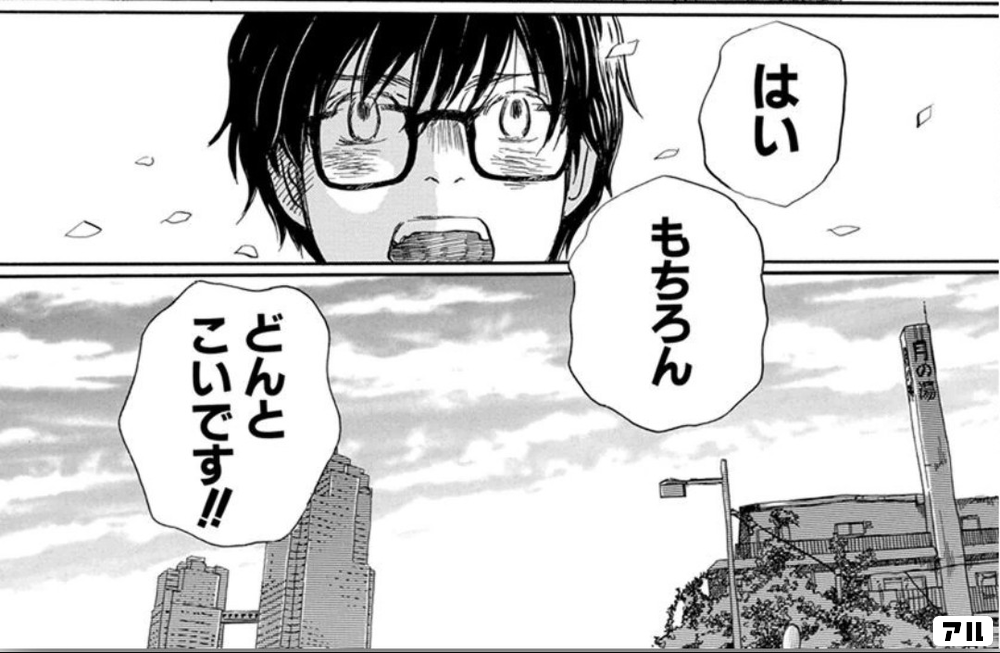Japanese and Chinese are often confused by those who are not familiar with Asian languages, but they are, in fact, incredibly distinct both in their structure and in the way they are spoken and written. In this article, we will explore the main differences between these two languages, discuss their peculiarities, and analyze which of them can be considered easier to learn.
Table of Content
Writing Structure and System
Three Writing Systems
Japanese is a language that combines three different writing systems: Hiragana, Katakana, and Kanji. Hiragana and Katakana are syllabic alphabets, known as kana, and together they consist of 46 basic characters, forming a total of 106 syllables. Hiragana is primarily used for native Japanese words and grammatical endings, while Katakana is employed for foreign origin words and proper names.
Kanji are ideograms imported from Chinese. To be considered literate in Japan, one must know about 2,000 Kanji ideograms. However, the pronunciation of words in Japanese is relatively easy for Portuguese speakers, as it follows a syllabic pattern and the syllables are easy to articulate.

Chinese: Tonal Language and Ideograms
Chinese is a radically different language in its structure. It does not have syllabic alphabets like Japanese, being written exclusively with ideograms. Each Chinese character represents a word or a concept, and it is estimated that it is necessary to know about 3,000 to 4,000 characters to read a common newspaper.
One particularly difficult aspect of Chinese is that it is a tonal language. This means that the same syllable can have different meanings depending on the tone with which it is pronounced. Mandarin, for example, has four main tones: high level, rising, falling-rising, and falling. The tone completely changes the meaning of a word, which poses a significant challenge for foreign students.

Visual Differences in the Texts
A practical example of the differences can be seen when comparing texts:
- Chinese: 不知香积寺数里入云峰 (Bùzhī xiāng jī sì shù lǐ rù yún fēng)
- JapaneseThat is my last "I love you"
Chinese writing seems denser and more uniform, while Japanese intersperses Kanji characters with Hiragana, giving the text a different visual rhythm.

Differences in Pronunciation and Phonetics
Syllabic Simplicity
Japanese is known for its phonetic simplicity. There are only about 106 combinations of sounds, and the pronunciation is quite straightforward. Additionally, many of the syllables used in Japanese are similar to sounds that exist in Portuguese, making the language more accessible for those who already speak Latin languages. For example, the sounds of "ka", "ta", and "sa" are quite easy for Brazilians to pronounce.
However, there is a challenge: Japanese has many words that have the same pronunciation but completely different meanings. This requires the context to be clearly understood to avoid confusion.

Chinese: Tonal Complexity
In contrast, Mandarin Chinese is an extremely complex language in terms of pronunciation. In addition to having thousands of syllables, the use of tones turns the language into a true puzzle. For example, the syllable "ma" can mean "mãe", "cânhamo", "cavalo" or "repreender", depending on how it is pronounced. This characteristic makes Chinese much more difficult to speak correctly, especially for native speakers of non-tonal languages.
Another point that deserves emphasis is the difficulty in imitating the sounds of "r" and "l" among Chinese and Japanese speakers. While Chinese speakers struggle to pronounce the "r," Japanese do not use the "l" sound in their language.
Which Language Is Easiest to Learn?
Advantages of Learning Japanese
Japanese is considered easier to learn in terms of pronunciation and grammar compared to Chinese. Japanese grammar is structured and logical, and the fact that the language has only 106 syllables makes pronunciation more accessible for Portuguese speakers. Furthermore, the initial learning curve may be less steep, as the Hiragana and Katakana alphabets are relatively simple to memorize.
However, learning Kanji can be a daunting task, especially because the same ideograms can have multiple different readings. Still, the use of simple sentences and the lack of tones make Japanese an appealing choice for many beginners.
Challenges of Chinese
Chinese, on the other hand, is the most spoken language in the world, which offers a significant advantage in terms of business and travel opportunities. Although Chinese grammar is surprisingly simple — without verbal conjugations, plural, or genders — the difficulty lies in pronunciation and memorizing the ideograms.
As a tonal language, Chinese requires the learner to have excellent auditory perception to differentiate the tones. Even so, with practice and immersion, it is perfectly possible to reach a functional level in the language. The video below has been showing all the details and differences between Chinese and 日本語.
